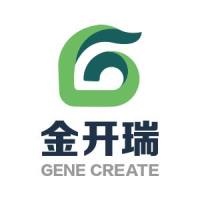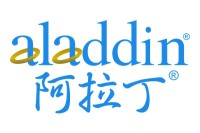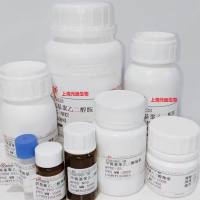Sea urchin eggs have been used for over a century to study fertilization, cell division, cell differentiation, and embryo development. This system provides excellent and abundant material to investigate the basic mechanisms underlying germ cell functions and to explore tools that facilitate the studies of other less readily available germ cell systems. Immunofluorescence microscopy of microtubule organization performed in sea urchin eggs (1 ,2 ) led to numerous subsequent studies on the cytoskeleton in invertebrate (3 –8 ) and mammalian (9 –12 ) reproductive cell systems. The pioneering studies on centrosomes in sea urchin eggs were performed over 100 yr ago by Boveri (13 ) and have provided a wealth of information and insights that has led to a renaissance and an explosion in centrosome research during the past few years. By using iron hematoxylin as the primary staining technique in fertilized sea urchin eggs, Boveri showed elegantly that dominant centrosome material is contributed by sperm. He showed that sperm centrosomes reorganize after pronuclear fusion and separate to the mitotic poles to form the mitotic apparatus during cell division. Moreover, he showed that sea urchin eggs fertilized with more than one sperm contained supernumerary centrosomes, resulting in multipolar spindles that lead to unequal chromosome separation during cell division. These studies on sea urchin eggs gave thought to the fascinating idea that the formation of multiple centrosome organizations might be involved in the development and progression of malignant tumors (14 ).






